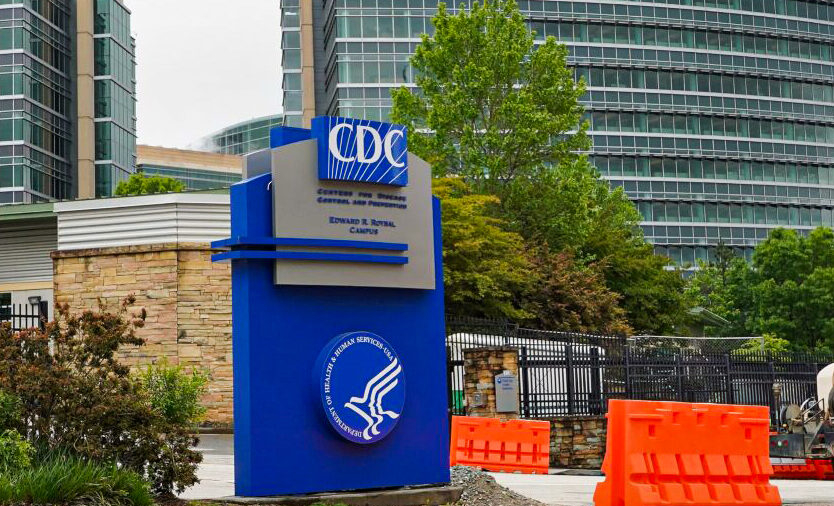The battle against obesity in the United States is facing an uphill struggle as new data from the Centers for Disease Control and Prevention (CDC) reveals a worrying surge in obesity rates nationwide.
The data, based on the CDC’s state-based Behavioral Risk Factor Surveillance System, conducted by telephone survey, points to significant increases in obesity prevalence across the country, painting a grim picture of the nation’s health.
Obesity prevalence refers to a “proportion of adults with a body mass index (BMI) equal to or greater than 30.”
In 2022, a noteworthy 22 states reported obesity prevalence rates exceeding 35 percent, a sharp rise from the 17 states recorded the previous year.
Dr. Karen Hacker, director of the CDC’s National Center for Chronic Disease Prevention and Health Promotion, shed light on the complex nature of obesity and the challenges facing health officials as they grapple with this pervasive issue.
“Our updated maps send a clear message that additional support for obesity prevention and treatment is an urgent priority,” Dr. Hacker said in a statement.
“Obesity is a disease caused by many factors, including eating patterns, physical activity levels, sleep routines, genetics, and certain medications,” she continued. “This means that there is no one-size-fits-all approach.”
She added that key strategies are needed to address the underlying social determinants of health such as access to health care, healthy and affordable food, and safe places for physical activity.
The regional disparities in obesity prevalence are also a cause for concern. The Midwest led the pack with the highest obesity rate at 35.8 percent, closely followed by the South at 35.6 percent.
In contrast, the Northeast and the West reported slightly lower rates at 30.5 percent and 29.5 percent, respectively. The District of Columbia has shown better figures, with an obesity prevalence percentage of under 25 percent in 2022.
Three states—Louisiana, Oklahoma, and West Virginia—topped the list with obesity prevalence percentages exceeding 40 percent.

A deeper dive into the CDC’s data reveals significant disparities in obesity prevalence by education and age.
Obesity rates decreased as the level of education increased. Data showed that adults without a high school diploma or equivalent had the highest prevalence of obesity at 37.6 percent, followed by adults with some college education (35.9 percent), high school graduates (35.7 percent), and then college graduates (27.2 percent).
Furthermore, the CDC data shows that age plays a crucial role in obesity prevalence.
Young adults aged 18–24 were half as likely to have obesity as middle-aged adults aged 45–54. Adults aged 18–24 had the lowest prevalence of obesity at 20.5 percent, compared to adults aged 45–54, who had the highest prevalence at 39.9 percent.
The data about different racial and ethnic groups shows some clear differences in how many people have obesity.
In 38 states, more than 35 percent of black adults were found to have obesity, and a similar pattern emerged for American Indian adults in 33 states and Hispanic adults in 32 states. However, no state reported obesity rates exceeding 35 percent among Asian adults, and only 14 states reached this threshold for White adults.
From The Epoch Times

